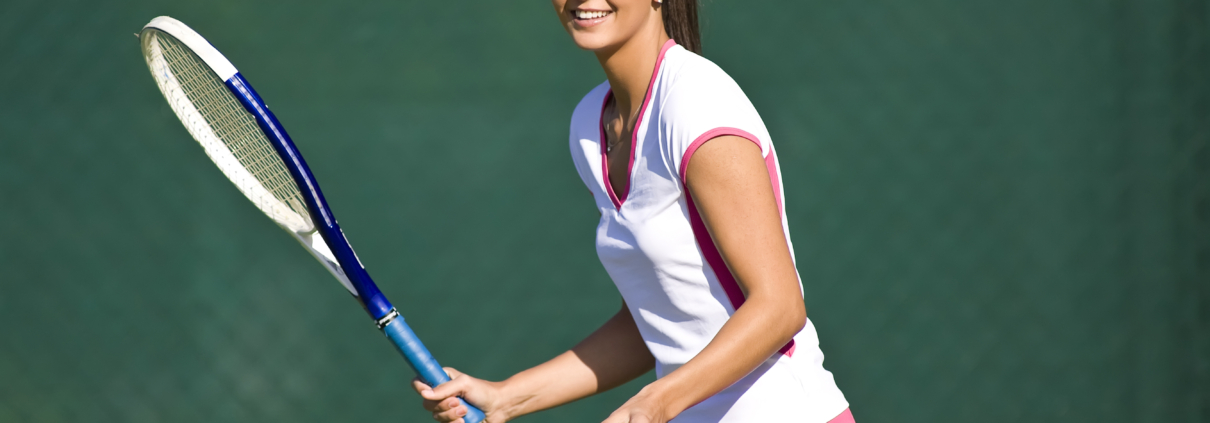5 Ways to Get Rid of Tennis Elbow Pain
Tennis elbow or elbow tendonitis is an overuse injury caused by repetitive activities, such as:
- sports like tennis and racquetball
- exercising and weightlifting
- hands-on jobs such as carpentry and office jobs that involve typing and talking on the phone
- yardwork such as raking and shoveling, and knitting
The main symptom is pain in the bony knob outside your elbow and pain in the upper and lower or forearm. You feel this pain when you use your hands for things like gripping objects and typing.
Here are five easy ways to get some pain relief:
1. Change your routine.
For athletes, this could mean changing up the exercise and or weightlifting routine. Cycle different exercises so that you don’t do the same movement over and over for months.
If a job is causing your tennis elbow, think about how you can change your work area, tools, and habits.
For carpenters, this could mean hiring a helper, using more power tools that don’t require as much hand manipulation, or taking an extra day of rest per week.
For office workers, this could mean trading work tasks and rearranging your work area so that it’s more ergonomic.
2. Get plenty of rest.
Sometimes less is more.
If you are an athlete or play sports often, resting your injured arm is great medicine. Take at least a few days off and allow your elbow tendons to start healing.
Taking time off from work may be harder. For carpenters and other skilled trade workers, this might mean hiring a helper to take some of the physical labor off your plate or taking an extra day off per week.
For paid employees, if you visit your doctor and are diagnosed with elbow tendonitis related to work, you should be able to take time off that doesn’t count against your allotted vacation time.
If you can’t take time off, try to rest your injured arm on your off days.
3. Apply a cold compress.
When your tennis elbow starts, apply an ice pack wrapped in cloth or cold compress as soon as possible for 10 to 15 minutes several times a day. Cold compresses reduce inflammation.
4. Elevate your arm.
Raising and resting your elbow at a level above your heart several times a day will reduce inflammation.
5. Wear a brace.
It’s often not practical to miss practices if you are a full-time athlete or miss workdays when you are a full-time employee. But you can wear a counterforce brace as much as possible.
These special braces reduce the pressure on your elbow muscles and tendons. You can find these online, at pharmacy stores, and in grocery stores in the pharmacy sections.
Tennis Elbow Treatment in Houston, Dallas, and Throughout Texas
At Texas Pain Physicians, our number one priority is to improve the quality of life of our patients. We have helped thousands of people get back to what they need and love to do.
We offer quick access to accurate diagnosis and comprehensive treatment. Call us today at (972) 636-5727 to book an appointment.


